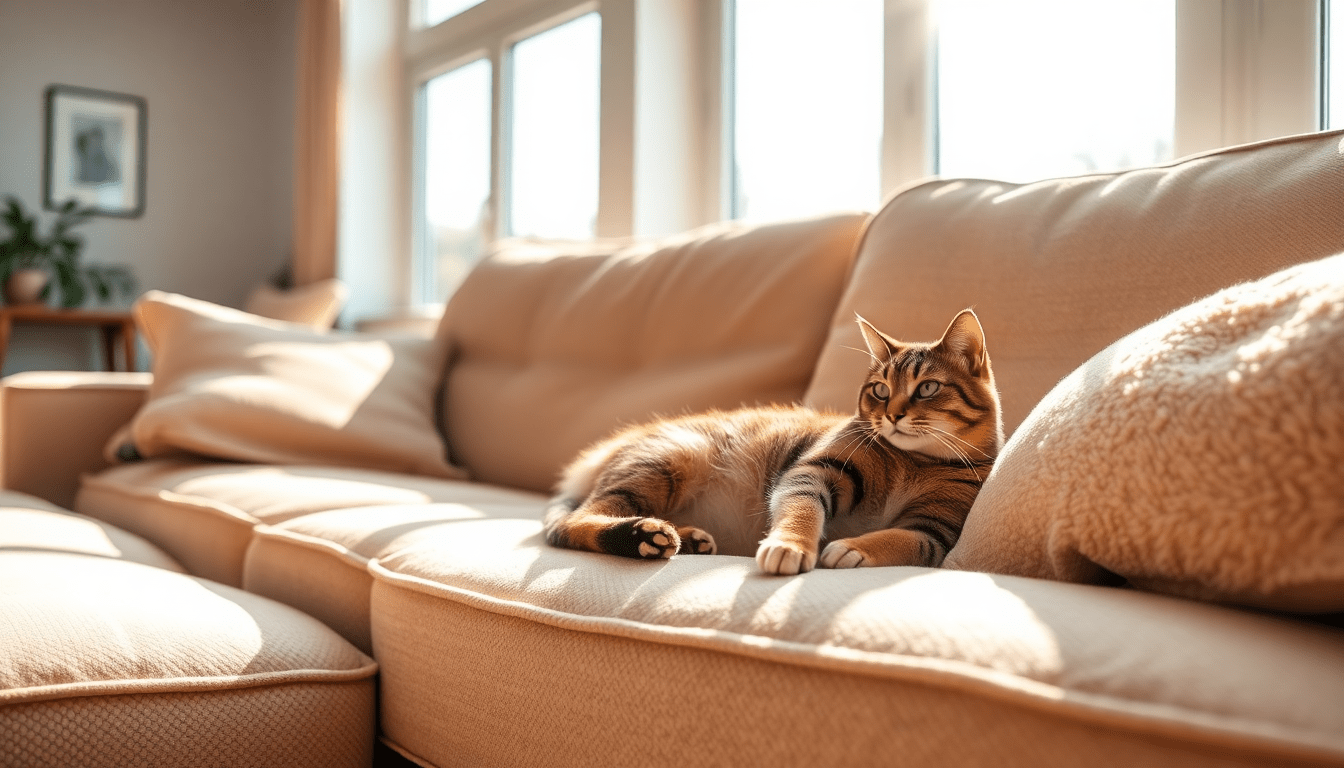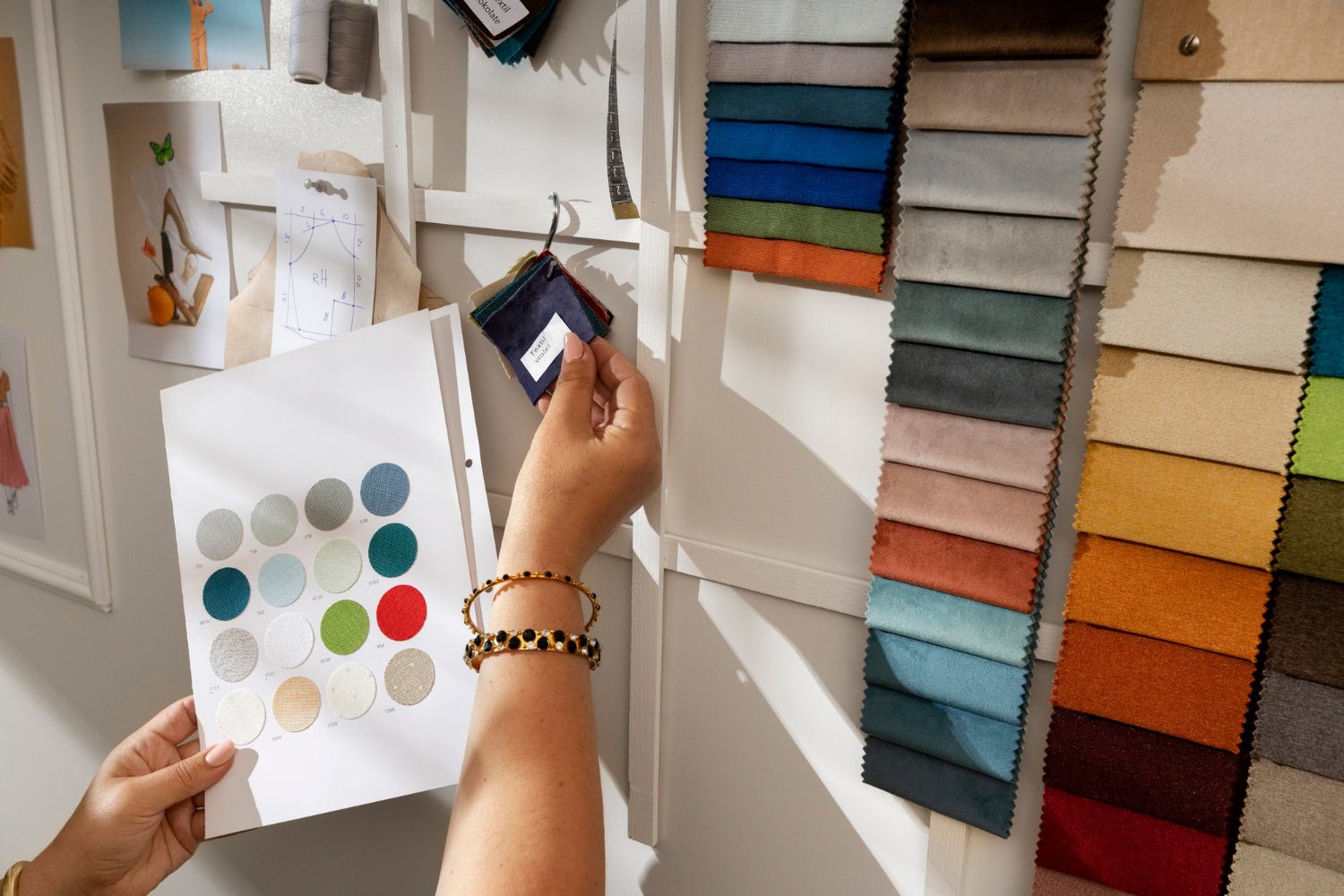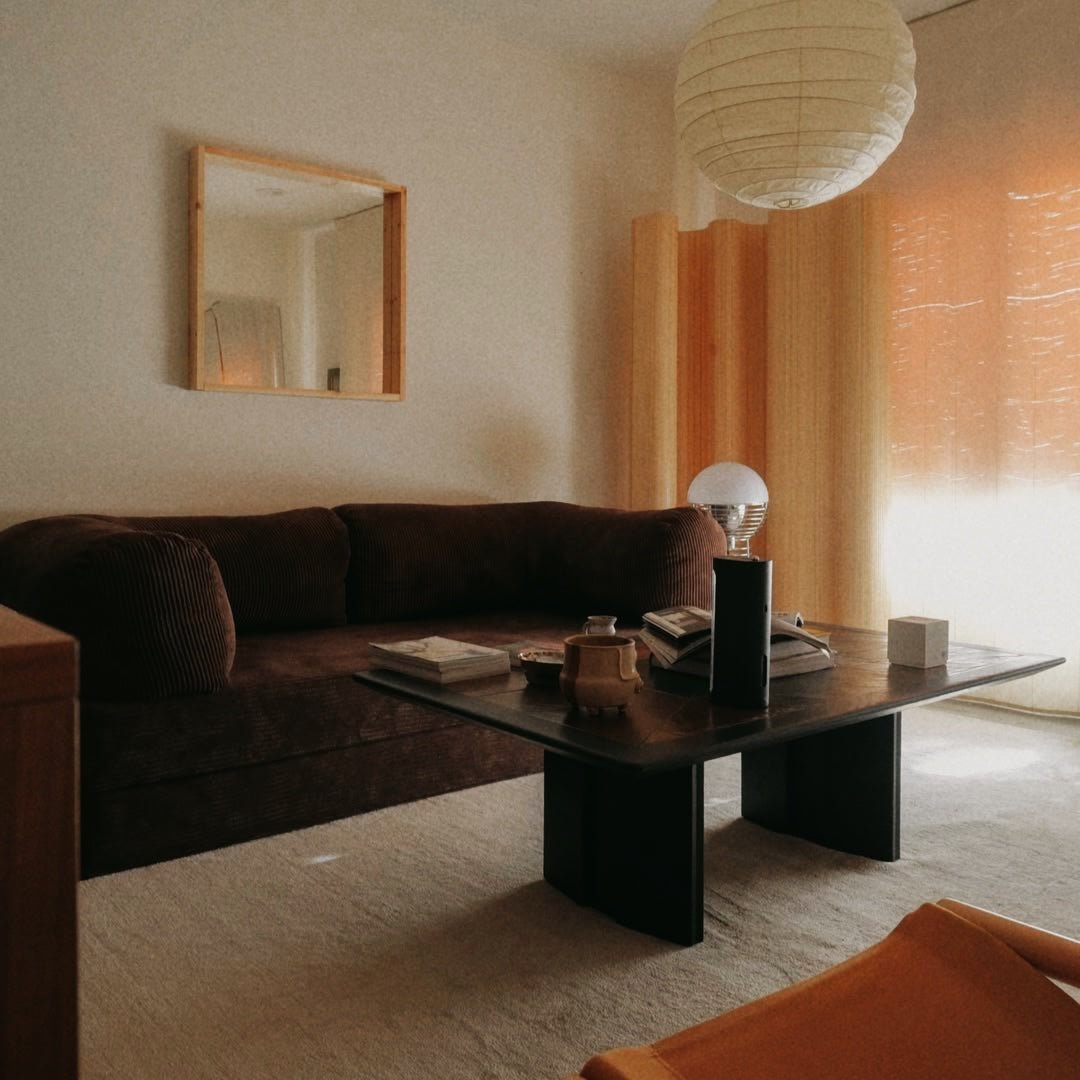As a cat owner, finding the right sofa can be a delicate dance between style, comfort, and practicality. Your feline companions have a way of turning even the most elegant living room into a playground, leaving behind a trail of scratches, fur, and the occasional spill. But fear not, pet parents – the quest for the perfect cat-friendly sofa is not an impossible one.
In this blog post, we'll explore the world of sofa materials, uncovering the best options that can withstand the unique demands of our furry friends while still complementing your home's aesthetic. Whether you're in the market for a new sofa or simply looking to upgrade your current one, this guide will equip you with the knowledge to make an informed decision that will have your cats purring with delight.
Understanding Cat Behavior and Furniture
Cats are natural-born explorers, and their curiosity often leads them to treat our furniture as their personal scratching posts. From sharpening their claws to simply lounging in comfort, our feline friends can wreak havoc on even the sturdiest of sofas. Understanding these behaviors is the first step in selecting the right materials that can withstand the onslaught of paws and claws.
Cats have an innate need to scratch, and they'll often target the soft, inviting fabrics of our sofas to satisfy this urge. Additionally, their love of napping and lounging means they'll likely claim your sofa as their own personal territory, shedding fur and potentially leaving behind the occasional spill or stain.
Top Cat-Friendly Sofa Materials
When it comes to selecting the perfect sofa for your cat-filled home, the material you choose can make all the difference. Let's explore some of the top options that can stand up to the unique challenges posed by our feline friends:
Leather
Leather sofas are a popular choice for cat owners, as they are highly durable and resistant to scratches. The smooth surface makes it difficult for cats to sink their claws in, and the material is easy to clean, making it a practical option. However, leather can be more expensive and may not provide the same level of comfort as some other materials.
Microfiber
Microfiber is another excellent choice for cat-friendly sofas. This synthetic fabric is incredibly durable, stain-resistant, and easy to clean – perfect for handling the occasional spill or shedding. Microfiber also has a soft, velvety texture that can be appealing to cats, making it a comfortable option for both you and your furry companions.
Outdoor Fabrics
Surprisingly, outdoor fabrics can make for excellent indoor solutions for cat owners. These materials are designed to withstand the elements, making them highly resistant to scratches, stains, and moisture. Many outdoor fabrics also have a textured surface that can discourage cats from scratching, while still providing a comfortable seating experience.
Performance Fabrics
The world of performance fabrics has evolved, and these modern textiles offer a range of benefits for cat owners. From stain-resistant and easy-to-clean options to materials that are specifically designed to repel pet hair, performance fabrics can be a game-changer for those with feline friends.
Fabric Characteristics to Consider
When selecting a cat-friendly sofa, it's important to consider the specific characteristics of the fabric that will best suit your needs. Here are some key factors to keep in mind:
Scratch Resistance
Look for fabrics that are inherently scratch-resistant, such as those with a tighter weave or a textured surface. This can help deter your cats from using the sofa as a scratching post.
Stain Repellency
Opt for fabrics that are stain-resistant or have a protective coating, making it easier to clean up any spills or accidents.
Ease of Cleaning
Choose materials that are easy to wipe down or spot clean, as this will simplify the maintenance of your sofa and keep it looking its best.
Texture and Comfort
While durability is important, you'll also want to consider the overall comfort and feel of the fabric. Cats may be drawn to softer, more inviting textures, so finding the right balance is key.
Additional Protective Strategies
In addition to selecting the right sofa materials, there are a few other strategies you can employ to protect your furniture from your feline friends:
Sofa Covers
Investing in a high-quality sofa cover can provide an extra layer of protection, allowing you to easily remove and clean it as needed.
Scratch Deterrents
Placing scratch pads or posts near the sofa can give your cats an approved outlet for their scratching needs, reducing the temptation to target the furniture.
Providing Alternative Cat Spaces
Designating specific areas of your home as "cat zones," complete with cozy beds, perches, and toys, can help satisfy your cats' natural instincts and minimize their interest in the sofa.
Recommended Sofa Styles for Cat Owners
When it comes to selecting the perfect sofa for your cat-filled home, certain styles and designs can be more advantageous than others. Look for sofas with:
- Tight weave fabrics that are less prone to snagging
- Darker colors that can better camouflage pet hair and stains
- Textured materials that can discourage scratching
By keeping these factors in mind, you can find a sofa that not only looks great but can also withstand the unique challenges posed by your feline companions.
Conclusion
Balancing style, comfort, and practicality when it comes to selecting a sofa for a cat-filled home can be a delicate task. But with the right knowledge and a little bit of creativity, you can find the perfect piece of furniture that will keep both you and your cats happy and content.
Remember, your space deserves more than just furniture – it deserves a story, a sanctuary, a reflection of your unique style and the furry friends who share it. So, embrace the challenge, and let your cat-friendly sofa be the centerpiece of a truly pet-friendly home.




 Confex Sofas
Confex Sofas Sofio Poufs
Sofio Poufs



Share:
Styling Your Sofa with Blankets | Cozy Decor Guide by SofaLuz
What Are the Standard Couch Dimensions for Comfort? A Comprehensive guide for buyers